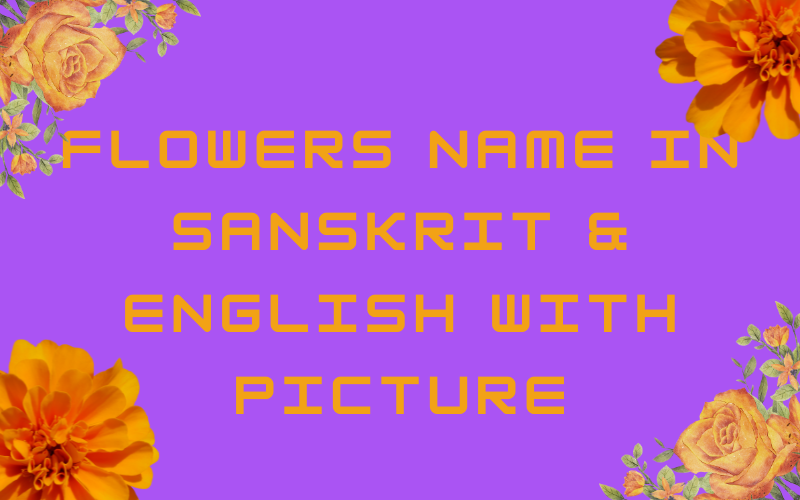Flowers with Sanskrit and English Names You may improve your Sanskrit knowledge by using pictures. Learn the Sanskrit names for flowers as they play a role in the production of some medicines and for the proper working of the environmental cycle.
Flowers Name in Sanskrit
| No. | Flowers | English | Sanskrit |
| 1 | 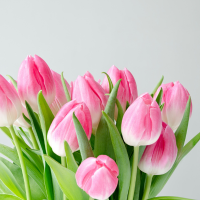 | Tulip | कन्द पुष्पम् |
| 2 | 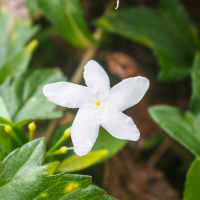 | Arabian jasmine | मल्लिका |
| 3 | 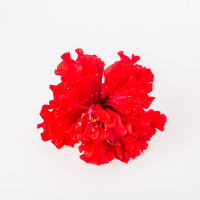 | Hibiscus | चित्रपुष्पी |
| 4 | 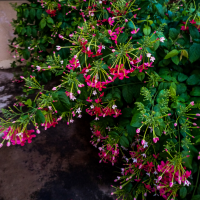 | Night Blooming Jasmine | रजनीगन्धा |
| 5 | 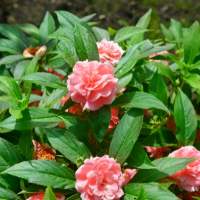 | Balsam | व्रणरोपिन् |
| 6 | 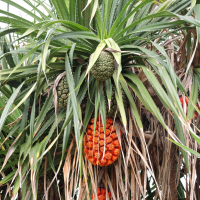 | Pandanus | कैतकम् |
| 7 | 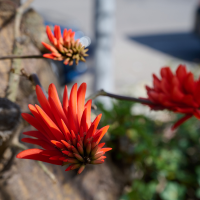 | Erythrina | शेफालिका |
| 8 | 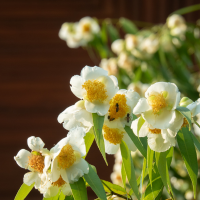 | Cobra Saffron | नागापुश्पा |
| 9 | 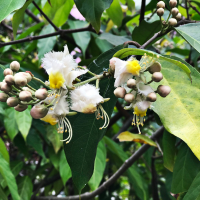 | Hiptage | भद्रवल्ली |
| 10 | 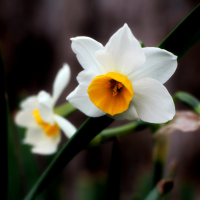 | Narcissus | नरगिस पुष्पं |
| 11 | 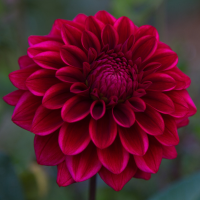 | Dahlia | दालियापुष्प |
| 12 | 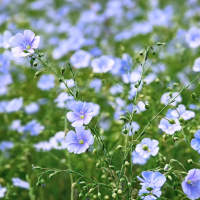 | Flax | नीलपुष्पिका,क्षौमी |
| 13 | 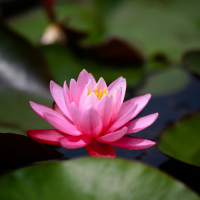 | Lotus | कमलम् |
| 14 | 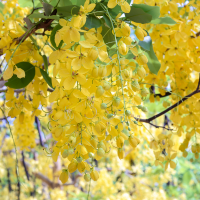 | Golden Shower | व्याधिघात |
| 15 | 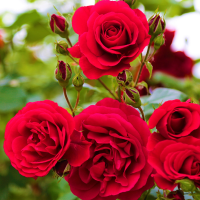 | Rose | पाटलम् |
| 16 | 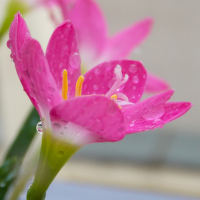 | Lily | यूथिका |
| 17 | 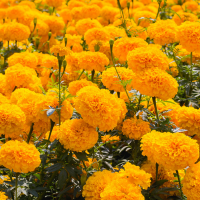 | Marigold | स्थलपद्मम् |
| 18 |  | SunFlower | दिवाकरः |
| 19 | 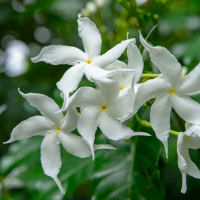 | Jasmine | जातीपुष्पम् |
| 20 | 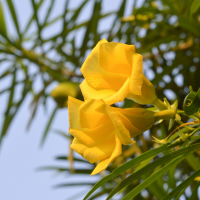 | Oleander | कर्णोरः |
| 21 | 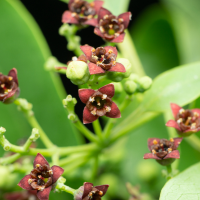 | Sandalwood Flower | श्रीखण्डम् |
| 22 | 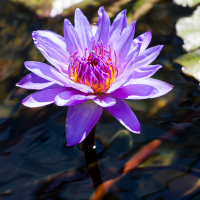 | Water Lily | पद्मिनी |
| 23 | 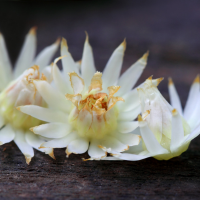 | Spanish cherry | बकुल: |
| 24 | 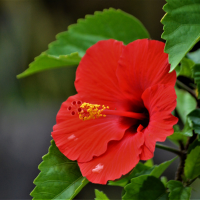 | Rosemallows | जपपुशम |
| 25 | 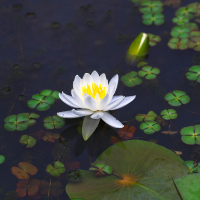 | White Lotus | कैरवम् |
| 26 | 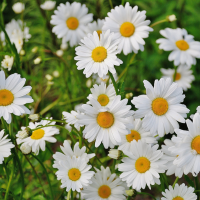 | Daisy | मातृ, भृङ्गराज |
| 27 | 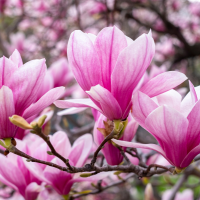 | Magnolia | चम्पकम् |
| 28 | 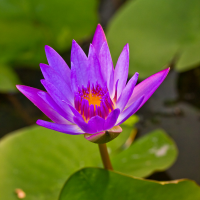 | Bluewater Lily | नीलजलकुमुदम् |
| 29 | 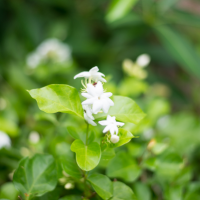 | Sweet Jasmine | यूथिका |
Tulip
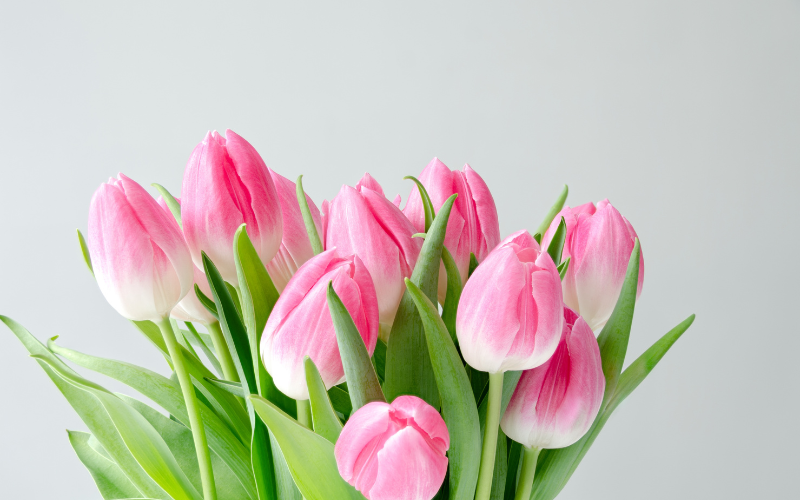
Tulips are one of the most well-known and beloved flowers in the world. With their vibrant colors and unique shape, they are indeed a sight to behold. Tulips originated in Central Asia and were brought to Europe in the 16th century, where they quickly became a symbol of wealth and status.
Today, tulips are grown and enjoyed all over the world, with Holland being particularly famous for its tulip fields. There are over 3,000 different varieties of tulips, ranging in color from white to pink to red to yellow to purple. In the language of flowers, tulips symbolize perfect love and are often given as a romantic gesture.
They are also a popular flower for spring weddings and other special occasions. Whether you see them in a bouquet or blooming in a garden, tulips are a true symbol of beauty and elegance
Flax

Flax is a plant that produces flaxseed, known for its numerous health benefits. Flaxseed is an excellent source of omega-3 fatty acids, which are essential for maintaining a healthy heart and brain function.
It is also rich in fiber, which aids in digestion and promotes a feeling of fullness. Flaxseed can be consumed in various forms such as whole seeds, ground seeds, or as an oil. It is often used as a vegan substitute for eggs in recipes due to its ability to bind ingredients together.
Flaxseed oil is also popular as a supplement, as it contains high levels of beneficial compounds, including lignans and alpha-linolenic acid (ALA).
Flaxseed has been shown to help lower blood pressure, reduce inflammation, and improve insulin sensitivity in people with type 2 diabetes. Adding flaxseed to your diet is an easy and delicious way to promote overall health and wellness.
Water Lily
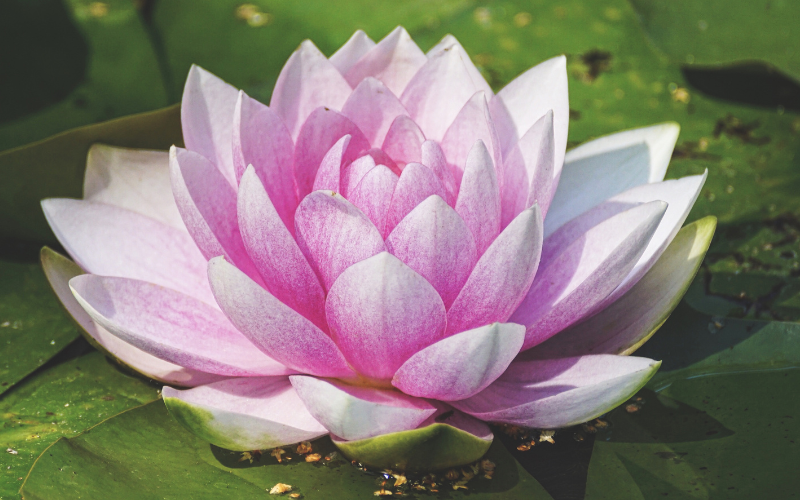
Water lilies are aquatic plants that bring a touch of serenity and beauty to ponds, lakes, and water gardens. With their elegant and mesmerizing presence, these floating flowers create a tranquil oasis in aquatic ecosystems.
The large, vibrant blooms of water lilies rest gracefully on the water’s surface, showcasing a palette of delicate colors, including shades of white, pink, yellow, and purple. Their round, waxy leaves, often called lily pads, provide a verdant carpet for the flowers and offer shelter for fish and other aquatic creatures.
Water lilies are known for their remarkable ability to purify water by absorbing excess nutrients, helping to maintain a healthy balance in the ecosystem. These exquisite aquatic plants also attract bees, butterflies, and dragonflies, adding a touch of life and movement to the water’s edge. With their captivating beauty and ecological importance, water lilies symbolize purity, grace, and the harmony of nature.
Rosemallows
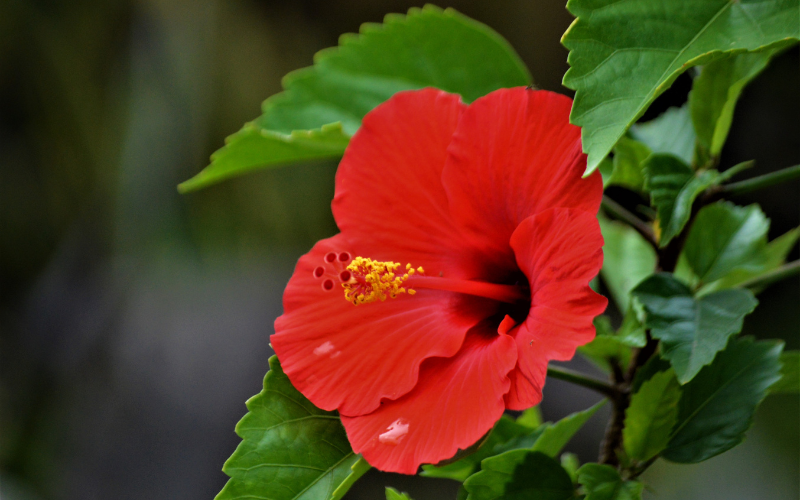
Rosemallows, scientifically known as Hibiscus moscheutos, are enchanting perennial plants that captivate with their magnificent blooms. These stunning flowers, native to North America, are characterized by their large and showy petals, which come in a vibrant array of colors such as pink, red, white, and purple. The distinct hibiscus-shaped flowers feature a prominent pistil surrounded by a ring of colorful stamens, creating an exquisite and eye-catching display.
Rosemallows are beloved not only for their beauty but also for their ability to attract pollinators. Bees, butterflies, and hummingbirds are drawn to their nectar-rich blossoms, making them a delightful addition to any garden or landscape. In addition to their ornamental value, some varieties of rosemallows are also cultivated for their edible calyxes, which can be used to make teas, jellies, and syrups.
These hardy plants thrive in moist soil and can tolerate a variety of growing conditions, including wetlands and shoreline areas. With their tall stature and striking blooms, rosemallows make a bold statement in garden borders, cottage gardens, or naturalistic plantings. Their beauty, resilience, and ability to support pollinators make them a cherished choice for both amateur and experienced gardeners alike.
Oleander

Oleander, scientifically known as Nerium oleander, is a captivating flowering shrub that boasts a striking display of colorful blossoms. Native to the Mediterranean region, oleander is known for its resilience, drought tolerance, and ability to thrive in various soil types.
The plant’s dark green, lance-shaped leaves provide an attractive backdrop for its showy clusters of flowers, which can be found in shades of white, pink, red, and salmon.
While oleander’s flowers are undoubtedly stunning, it’s essential to handle the plant with caution, as all parts of the oleander are highly toxic if ingested. Despite its toxicity, oleander remains a popular choice for gardens and landscapes due to its exceptional ornamental value.
Its evergreen nature ensures year-round visual interest, and it can be pruned into various shapes, including hedges or small trees.
Oleander is also well-suited to coastal areas, as it can tolerate salt spray and sandy soils.
Question & Answer
What is the Sanskrit name of flowers?
The Sanskrit name for flowers is Rose – Shatapatrika (शतपत्रिका) ,Lotus – Kamala (कमल) ,Jasmine – Mallika (मल्लिका) ,Marigold – Sthulapushpa (स्थूलपुष्प) ,Tulip – Nava-mallika (नवमल्लिका).
What is the Sanskrit name for the Lotus flower?
The Sanskrit name for the lotus flower is “Padma” (पद्म).
What is lily called in Sanskrit?
The Sanskrit name for lily is “Kumuda” (कुमुद).
What is the Sanskrit name for hibiscus?
The Sanskrit name for hibiscus is “Japa” (जपा).
Which is the flower of heaven?
The Parijata flower is often referred to as the “Flower of Heaven” or “Celestial Flower” due to its connection with divine realms.
